Anti-tank artillery of the Red Army. Part of 1
Soviet anti-tank artillery played a crucial role in World War II, it accounted for about 70% of all destroyed German tanks. Anti-tank warriors fighting “to the last”, often at the cost of their own lives, repelled the Panzervaffe attacks.
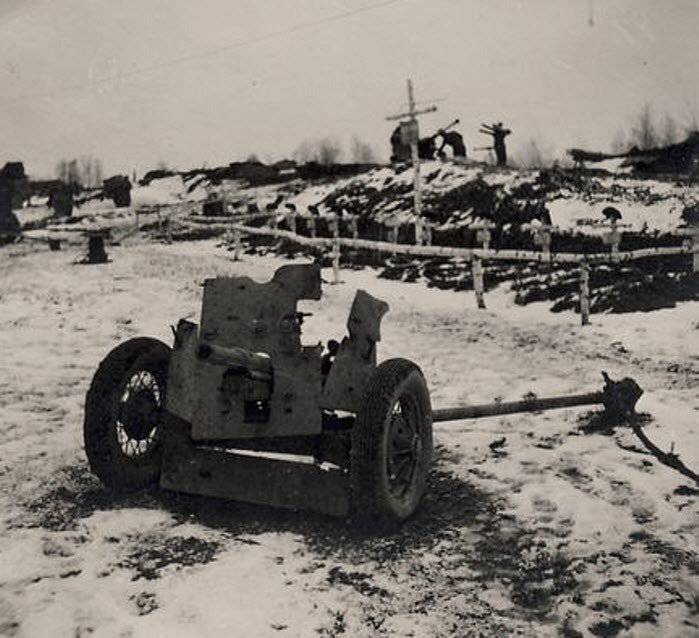
The structure and material part of anti-tank units in the course of hostilities were continuously improved. Until the fall of 1940, anti-tank guns were part of rifle, mountain rifle, motorized rifle, motorized and cavalry battalions, regiments and divisions. Anti-tank batteries, platoons and divisions were, therefore, interspersed into the organizational structure of connections, being an integral part of them. The rifle battalion of the rifle regiment of the prewar state had a platoon of 45-mm guns (two guns). The rifle regiment and the motorized rifle regiment had a battery of 45-mm cannons (six guns). In the first case, horses were the means of thrust; in the second, Komsomolets specialized tracked armored tractors. The rifle division and the motorized division included a separate anti-tank division of eighteen 45-mm cannons. For the first time, the anti-tank division was introduced to the state of the Soviet rifle division in 1938.
However, the maneuver with anti-tank guns was possible in that period only within the division, and not on the scale of the corps or army. The command had very limited possibilities for enhancing anti-tank defense in tank-dangerous areas.
Shortly before the war, the formation of anti-tank artillery brigades RGC. Statewide, each brigade should have forty-eight 76-mm guns, forty-eight 85-mm anti-aircraft guns, twenty-four 107-mm guns, sixteen 37-mm anti-aircraft guns. The staff number of the brigade was 5322 person. By the beginning of the war the formation of brigades was not completed. Organizational difficulties and the overall unfavorable course of the fighting did not allow the first anti-tank brigades to realize their full potential. However, in the first battles, the brigades demonstrated ample opportunities for independent anti-tank formations.
With the beginning of the Great Patriotic War, the anti-tank capabilities of the Soviet troops were severely tested. First, most often, rifle divisions had to fight, occupying the front of defense in excess of the statutory standards. Secondly, the Soviet troops had to face the German tactics of the “tank wedge”. It consisted in the fact that a tank regiment of a tank division of the Wehrmacht struck at a very narrow sector of defense. The density of the attacking tanks was 50 – 60 vehicles per kilometer of the front. Such a number of tanks in a narrow sector of the front inevitably saturate the anti-tank defenses.
Large losses of anti-tank guns at the beginning of the war led to a decrease in the number of anti-tank guns in the rifle division. The July rifle division of the state of 1941 had only eighteen 45-mm anti-tank guns instead of fifty-four in the pre-war state. In July, a squad of 45-mm guns from the infantry battalion and a separate anti-tank division were completely excluded. The latter was reinstated in the state of the rifle division in December 1941. The lack of anti-tank guns to some extent filled up recently adopted anti-tank guns. In December 1941, in the rifle division, a platoon of PTR was introduced at the regimental level. Total division in the state was 89 PTR.
In the field of organizing artillery, the general tendency of the end of 1941 of the year was to increase the number of independent anti-tank units. On 1 in January, 1942 of the current army and the reserve Supreme Command Headquarters had one artillery brigade (on the Leningrad Front), 57 anti-tank artillery regiments and two separate anti-tank artillery battalions. As a result of the autumn battles, five PTO artillery regiments were given the rank of guard. Two of them received guards for the battles near Volokolamsk - they supported the I. Panfilov's 316 Infantry Division.
1942 year was a period of increasing the number and consolidation of independent anti-tank units. 3 April 1942 was followed by a decision of the State Defense Committee on the formation of a fighter brigade. Statewide, the brigade had 1795 men, twelve 45-mm guns, sixteen 76-mm guns, four 37-mm anti-aircraft guns, 144 anti-tank guns. The following decree of 8 June 1942, the twelve formed fighter brigades were merged into fighter divisions, with three brigades in each.
The order of the NKO of the USSR No. 0528 signed by I. V. Stalin, according to which: the status of the fighter-anti-tank subunits was raised, the personnel were given double monetary salary, the entire command and personnel were set as a landmark for anti-tank artillery of the Red Army. anti-tank artillery units were placed on a special account and should be used only in the specified parts.
The distinctive sign of the anti-tank was the armlet in the form of a black diamond with a red edging with crossed gun barrels. The rise in the status of anti-tankists was accompanied by the formation of new anti-tank regiments in the summer of 1942. Thirty light (twenty 76-mm cannons) and twenty anti-tank artillery regiments (twenty 45-mm cannons) were formed.
The regiments were formed in a short time and immediately thrown into battle on the threatened areas of the front.
In September, ten more anti-tank regiments of twenty 1942-mm guns were formed in 45. Also in September 1942, an extra battery of four 76-mm guns was introduced into the most distinguished shelves. In November, 1942, part of the anti-tank regiment was merged into fighter divisions. By January 1 1943 years as part of anti-tank artillery of the Red Army, there were 2 fighter divisions, brigades fighter 15, 2 heavy antitank regiment, 168 antitank regiments, 1 antitank battalion.
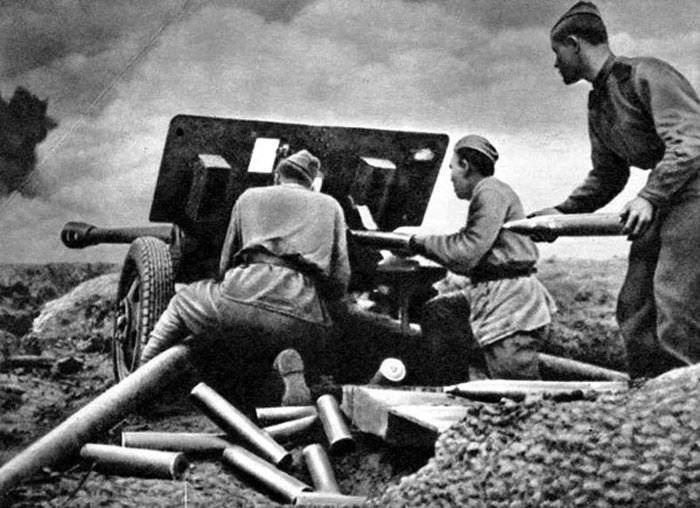
The advanced anti-tank defense system of the Red Army received the name “Pakfront” (Pakfront) from the Germans. Cancer is a German abbreviation for the designation of anti-tank guns - Panzerabwehrkannone. Instead of a linear arrangement of guns on the defensive front at the beginning of the war, they were united by groups under a single command. This made it possible to concentrate the fire of several guns on one target. The basis of anti-tank defense were anti-tank areas. Each anti-tank area consisted of individual anti-tank strongholds (PTOs) that were in fire communication with each other. "To be in fire communication with each other" - means the ability of neighboring PTOs to fire at one target. The TOP was saturated with all kinds of fire weapons. The basis of the PTOP fire system was 45-mm guns, 76-mm regimental guns, partly cannon batteries of divisional artillery and anti-tank artillery units.
The high point of the anti-tank artillery was the battle of Kursk in the summer of 1943. At that time, 76-mm divisional guns were the primary means of anti-tank units and formations. "Forty-kapyatki" accounted for about a third of the total number of anti-tank guns on the Kursk Bulge. A long pause in combat operations at the front allowed improving the condition of units and formations due to the arrival of equipment from industry and the completion of anti-tank regiments with personnel.
The final stage of the evolution of the anti-tank artillery of the Red Army was the consolidation of its parts and the emergence of self-propelled guns in the anti-tank artillery. By the beginning of 1944, all the fighter divisions and individual fighter brigades of a general-arms type had been reorganized into anti-tank brigades. On 1 in January 1944 in anti-tank artillery were listed 50 anti-tank brigades and 141 anti-tank anti-tank regiment. By the order of NKO No. 0032 from 2 of August 1944, one SU-85 (21 SAU) regiment was introduced into the composition of the fifteen anti-tank brigades. Actually self-propelled guns received only eight brigades.
Particular attention was paid to the training of personnel of anti-tank brigades, was organized targeted combat training of gunners to fight the new German tanks and assault guns. Special instructions appeared in the anti-tank units: “Memo to the artilleryman-fighter of enemy tanks” or “Memo to fight Tiger tanks”. And in the armies, special rear ranges were equipped, where artillerymen trained in shooting at mock tanks, including moving ones.
Simultaneously with the improvement of the skill of the gunners improved tactics. With the quantitative saturation of troops with anti-tank weapons, the "fire bag" method was increasingly used. The guns were placed in "anti-tank nests" by 6-8 guns within a radius of 50-60 meters and were well camouflaged. Nests were located on the ground to achieve flanking at long distances with the ability to concentrate fire. Passing tanks moving in the first echelon, the fire opened suddenly, on the flank, at medium and short distances.
In the offensive, anti-tank guns were promptly pulled up after the advancing units, in order to support them with fire, if necessary.
History anti-tank artillery in our country began in August 1930, when, as part of military-technical cooperation with Germany, a secret agreement was signed, according to which the Germans pledged to help the USSR organize the gross production of 6 artillery systems. For the implementation of the contract in Germany, a front company BYUTAST (limited liability company, Bureau for Technical Works and Studies) was created.
Among the other weapons proposed by the USSR was the anti-tank 37-mm gun. The development of this tool, bypassing the restrictions imposed by the Versailles Treaty, was completed at Rheinmetall Borsig 1928. The first models of the gun, which received the name So 28 (Tankabwehrkanone, i.e. anti-tank gun - the word Panzer came into use later) were sent to the tests in the 1930 year, and with 1932, deliveries to the troops began. Tool So 28 had a barrel length 45 calibers with a horizontal wedge, providing a sufficiently high rate of fire - up to 20 rds / min. The carriage with sliding tubular beds provided a large angle of horizontal pickup - 60 °, but the chassis with wooden wheels was designed only for horse traction.
At the beginning of the 30-ies, this gun penetrated the armor of any tank, perhaps, was the best in its class, far ahead of development in other countries.
After modernization, having received wheels with pneumatic tires that can be towed by a car, an improved carriage and an improved sight, it was put into service, under the designation 3,7 cm Pak 35 / 36 (Panzerabwehrkanone 35 / 36).
Remaining until the 1942, the main anti-tank gun of the Wehrmacht.
The German gun was launched for production in the Moscow Region plant to them. Kalinina (No. 8), where she received the factory index 1-K. The company mastered the production of new tools with great difficulty, the guns were made semi-handicraft, with manual adjustment of parts. In 1931, the plant presented the 255 guns to the customer, but did not turn over any due to poor build quality. On 1932, we managed to turn in the 404 guns, on 1933 - on 105.
Despite the problems with the quality of the guns produced, the 1-K was quite perfect for the 1930 of the year with an anti-tank gun. Its ballistics allowed to hit all the tanks of that time, at a distance of 300 m, an armor-piercing projectile normal pierced 30-mm armor. The gun was very compact, its small weight allowed the calculation to easily move it around the battlefield. The drawbacks of the gun, which led to its rapid withdrawal from production, were the weak fragmentation effect of the 37-mm projectile and the lack of suspension. In addition, the released guns differed low build quality. The adoption of this weapon was considered as a temporary measure, because the leadership of the Red Army wanted a more versatile cannon, combining the functions of anti-tank and battalion guns, and 1-K was poorly suited to this role because of the small caliber and weak fragmentation projectile.
1-K was the first specialized anti-tank gun of the Red Army and played a big role in the development of this type weapons. Very soon, it began to be replaced by an 45-mm anti-tank gun, becoming practically invisible against its background. At the end of 30-x 1-K began to be withdrawn from the troops and transferred to storage, remaining in operation only as a training.
At the beginning of the war, all the guns in the warehouses were thrown into battle, as there was a shortage of artillery in 1941 to complete a large number of newly formed formations and to compensate for the huge losses.
Of course, by the 1941, the armor penetration characteristics of the 37-mm anti-tank gun 1-K could no longer be considered satisfactory, it could confidently hit only light tanks and armored personnel carriers. Against medium tanks, this weapon could only be effective when firing into the board from close (less than 300 m) distances. Moreover, the Soviet armor-piercing shells were significantly inferior in armor penetration to Germans of a similar caliber. On the other hand, this weapon could use captured 37-mm ammunition, in this case its armor penetration increased significantly, exceeding even the similar characteristics of 45-mm guns.
It was not possible to establish any details of the combat use of these guns, probably, almost all of them were lost in the 1941 year.
The very great historical significance of 1-K is that it became the ancestor of a series of the most numerous Soviet 45-mm anti-tank guns and the Soviet anti-tank artillery in general.
During the "liberation campaign" in western Ukraine, several hundred Polish 37-mm anti-tank guns and a significant amount of ammunition were captured.
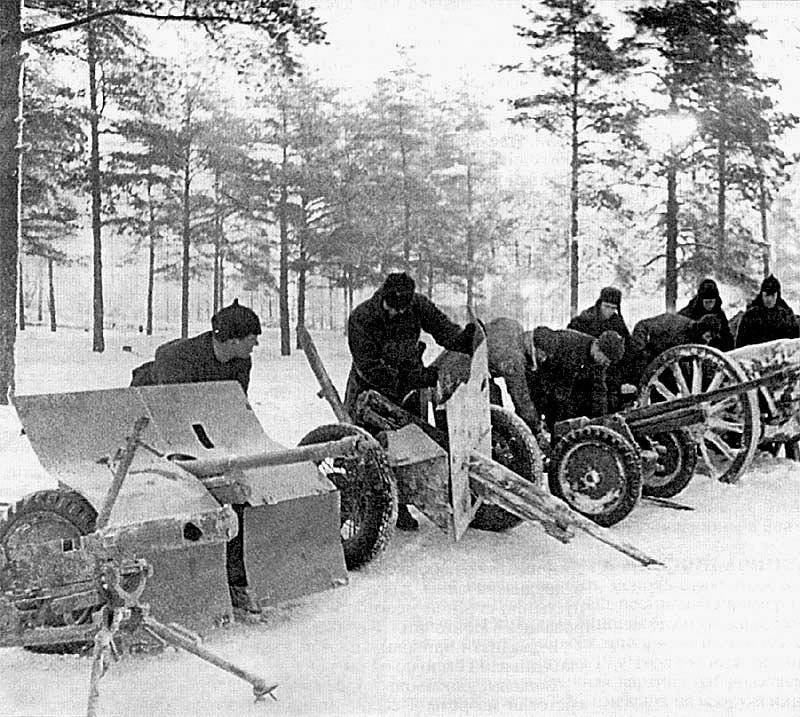
Initially, they were sent to warehouses, and at the end of 1941, they were transferred to the troops, because of the large losses in the first months of the war, there was a large shortage of artillery, especially anti-tank. In 1941, for this gun GAU issued a "Short description, instruction manual".
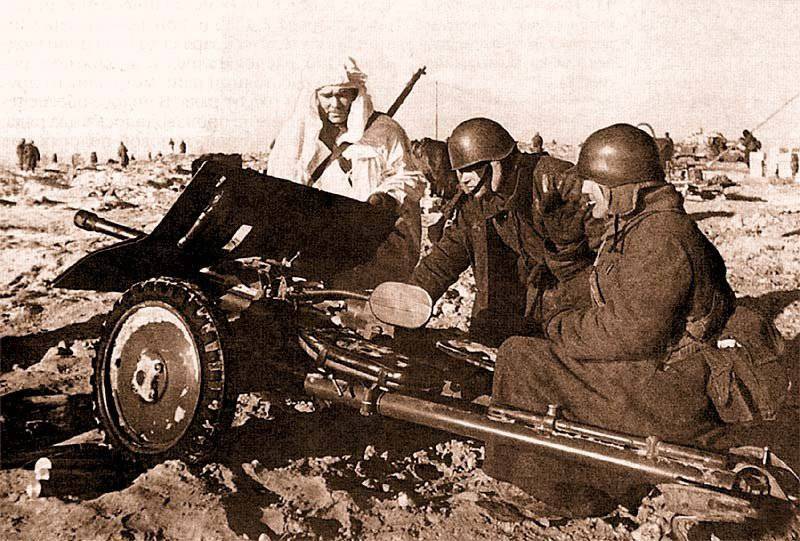
The 37-mm anti-tank gun, developed by Bofors, was a very successful weapon, capable of successfully fighting armored vehicles protected by anti-bullet armor.
The gun had a fairly high initial projectile speed and rate of fire, small dimensions and weight (which made it easier to disguise the gun on the ground and roll it onto the battlefield by the calculation forces), and was also adapted to the rapid transport by mechanical force. Compared to the German 37-mm anti-tank gun Pak 35 / 36, the Polish gun had better armor penetration, which is explained by the higher initial velocity of the projectile.
In the second half of the 30-ies, there was a tendency to increase the thickness of tank armor, in addition, the Soviet military wanted to get an anti-tank weapon capable of providing fire support to the infantry. This required an increase in caliber.
A new 45-mm anti-tank gun, was created by imposing an 45-mm barrel on the carriage of an 37-mm anti-tank gun mod. 1931 of the year. The carriage was also improved - the suspension of the wheel course was introduced. The semi-automatic shutter basically repeated the 1-K scheme and allowed 15-20 shots / min.
The 45-mm projectile had a mass of 1.43 kg and was heavier than the 37-mm in more than 2 times. At a distance of 500 m armor-piercing projectile, normal pierced 43-mm armor. At the time of adoption of the 45-mm anti-tank gun obr. 1937 of the year pierced the armor of any existing tank then.
Fragment 45-mm grenade at break gave about 100 fragments that retain lethal force when flying along the front to 15 m and depth to 5-7 m. When shooting bullets form a striking sector along the front to 60 m and depth to 400 m .
Thus, the 45-mm anti-tank gun had good anti-personnel capabilities.
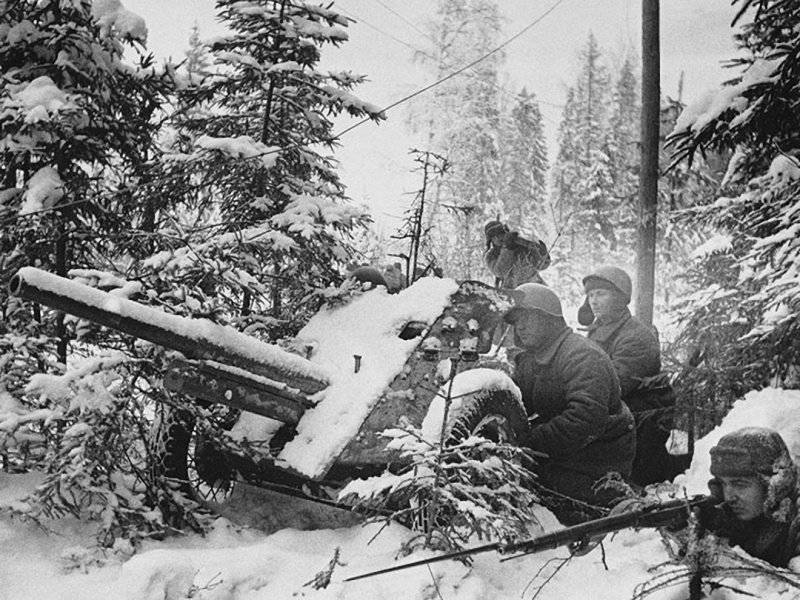
From 1937 to 1943, the 37354 cannon was released. Shortly before the start of the war, the 45-mm gun was discontinued, as our military leaders believed that the new German tanks would have the thickness of frontal armor impenetrable for these guns. Shortly after the start of the war, the gun was again launched into the series.
The 45-mm guns of the 1937 model of the year were relied upon by the state of anti-tank platoons of rifle battalions of the Red Army (2 guns) and anti-tank divisions of rifle divisions (12 guns). They were in service with individual anti-tank regiments, which included 4-5 four-gun batteries.
For its time, the forty-kapatka armor penetration was quite adequate. However, the insufficient penetration of 50-mm frontal armor tanks Pz Kpfw III Ausf H and Pz Kpfw IV Ausf F1 is beyond question. Often this was due to the low quality of armor-piercing shells. Many batches of shells had a technological defect. In case of violation of the heat treatment mode in production, the shells were obtained too hard and as a result they split the armor of the tank, but in August 1941, the problem was solved - technical changes were made to the production process (localizers were introduced).
To improve armor penetration, a sub-caliber 45-mm projectile, with a tungsten core, was pierced at the 500 m distance along the normal 66-mm armor, and when fired at the dagger fire at 100 m, 88 mm armor was fired.
With the advent of sub-caliber shells, “forty-five” became “tough” with later modifications of the Pz Kpfw IV tanks, whose frontal armor thickness did not exceed 80 mm.
At first, the new shells were on a special account and were given out by the piece. For unjustified consumption of sabot shells, the gun commander and gunner could give a tribunal.
In the hands of experienced and tactically skilled commanders and trained 45-mm anti-tank guns posed a serious threat to enemy armored vehicles. Its positive qualities were high mobility and ease of disguise. However, to better defeat the Bronzeleles, a more powerful weapon was urgently needed, which was the 45-mm gun mod. 1942 of the year M-42, developed and put into service in the 1942 year.
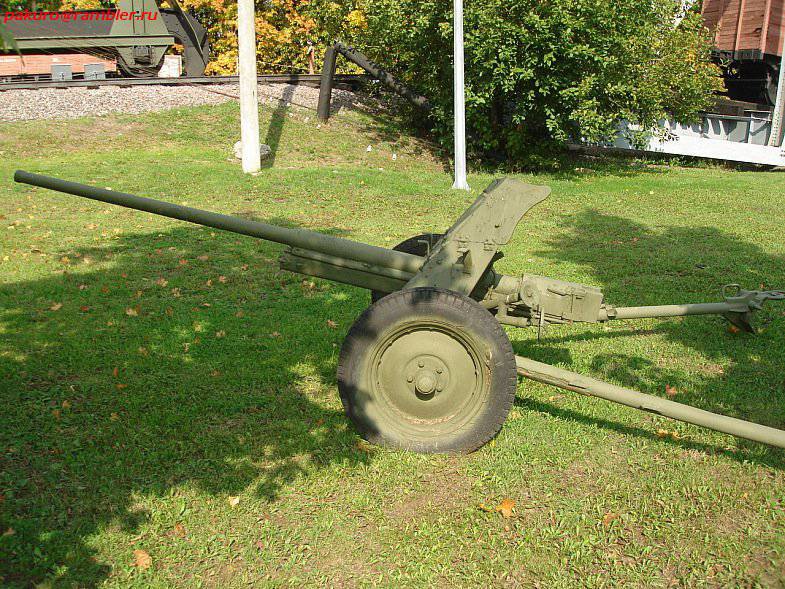
The 45-mm M-42 anti-tank gun was obtained by upgrading the 45-mm gun of the 1937 model of the year at the 172 plant in Motovilikha. The upgrade consisted in lengthening the barrel (from 46 to 68 gauges), increasing the propellant charge (gunpowder weight in the sleeve increased from 360 to 390 grams) and a number of technological measures to simplify serial production. The shield cover armor thickness was increased from 4.5 mm to 7 mm to better protect the design from rifle armor piercing bullets.
As a result of the upgrade, the initial velocity of the projectile increased by almost 15% - from 760 to 870 m / s. At a distance of 500 meters along the normal, an armor-piercing projectile punched 61mm, and a sub-caliber projectile punched -81 mm armor. According to the memoirs of anti-tank veterans, M-42 had a very high accuracy of shooting and relatively little impact when fired. This made it possible to fire with a high rate of fire without correcting the noise.
Serial production of 45-mm guns arr. The 1942 of the year was launched in January of the 1943 of the year and was carried out only at plant number 172. During the most intense periods, the plant manufactured 700 of such guns monthly. In total for the 1943-1945 years, the 10 843 gun mod. 1942 of the year. Their production continued after the war. New weapons as they were released went for the rearmament of anti-tank artillery regiments and brigades that had 45-mm anti-tank guns arr. 1937 of the year.
As it soon turned out, the armor penetration of the M-42 to combat German heavy tanks with powerful anti-missile armor Pz. Kpfw. V "Panther" and Pz. Kpfw. VI "Tiger" was not enough. More successful was the shooting of sabot shells on the sides, stern and chassis. Nevertheless, thanks to the well-established mass production, mobility, ease of masking and low cost, the weapon remained in service until the very end of the war.
In the late 30s, the issue of creating anti-tank guns capable of hitting tanks with anti-shell armor became an acute issue. Calculations showed the futility of the 45-mm caliber in terms of a sharp increase in armor penetration. Various research organizations examined caliber 55 and 60 mm, but in the end, it was decided to stay on the caliber 57 mm. Tools of this caliber were used in the tsarist army and navy (guns of Nordenfeld and Hotchkiss). A new shell was developed for this caliber - a standard cartridge case from a 76-mm divisional gun with re-compression of the cartridge barrel to a 57 mm caliber was adopted as its cartridge case.
In 1940, the design team headed by Vasily Gavrilovich Grabin began the design of a new anti-tank gun that meets the tactical and technical requirements of the Main Artillery Directorate (GAU). The main feature of the new gun was the use of a long barrel with a length of 73 caliber. The gun at a distance of 1000 m pierced with an armor-piercing shell armor 90 mm thick
The prototype gun was made in October 1940, and passed factory tests. And in March 1941, the gun was adopted under the official name "57-mm anti-tank gun mod. 1941. ”In total, from June to December, 1941 was commissioned around 250 guns.
57-mm guns from experienced batches took part in the hostilities. Some of them were installed on the Komsomolets light tracked tractor — this was the first Soviet anti-tank self-propelled gun, which, due to imperfect chassis, was not very successful.
A new anti-tank gun easily penetrated the armor of all then existing German tanks. However, due to the position of the GAU, the release of the gun was discontinued, and the entire production reserve and rigging were inhibited.
In the 1943 year, with the advent of heavy tanks by the Germans, gun production was restored. The 1943 model gun of the year had a number of differences from the 1941 model guns of the year, aimed primarily at improving the manufacturability of the gun. However, the restoration of mass production took place with difficulty - there were technological problems with the manufacture of trunks. Mass production of guns under the name "57-mm anti-tank gun mod. 1943 g. ”ZIS-2 was organized by October - November 1943 of the year, after the commissioning of new production facilities provided with lend-leased equipment.
From the moment production resumed, until the end of the war, more 9000 guns entered the army.
With the restoration of the production of ZIS-2 in the 1943 year, the guns arrived in anti-tank artillery regiments (Iptap), on the 20 guns per regiment.
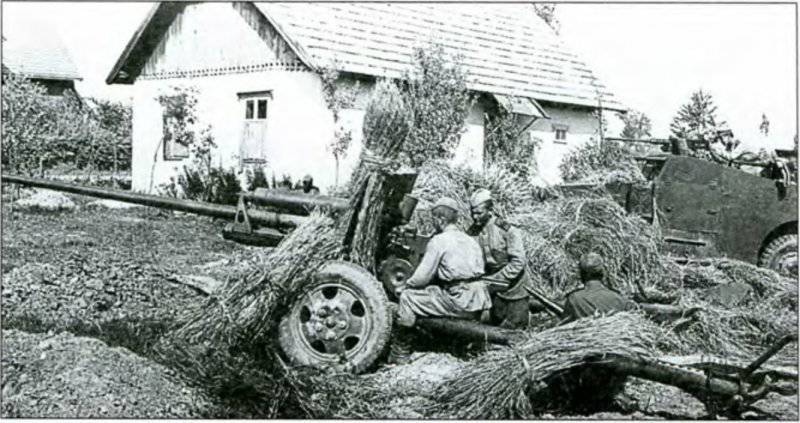
Since December 1944, the ZIS-2 has been introduced into the states of the guards rifle divisions - into regimental anti-tank batteries and into the anti-tank division (12 cannons). In June, 1945, the usual rifle divisions were transferred to the same state.
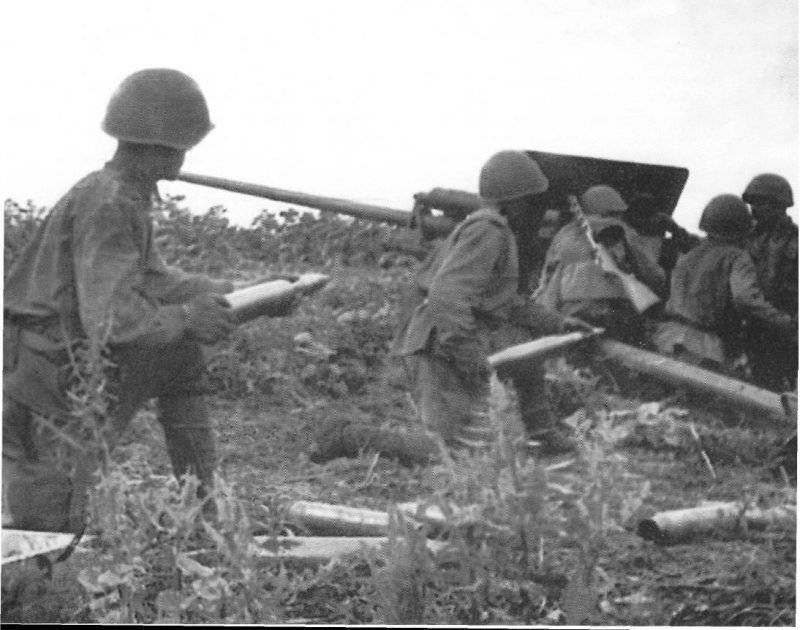
The capabilities of the ZIS-2 allowed at typical combat distances to confidently hit 80-mm frontal armor of the most common German medium tanks Pz.IV and assault SAU StuG III, as well as onboard armor of the tank Pz.VI "Tiger"; at distances less than 500, the Tiger frontal armor was also struck.
In terms of cost and manufacturability, combat and service and operational characteristics of the ZIS-2 was the best Soviet anti-tank gun of the war.
Based on:
http://knowledgegrid.ru/2e9354f401817ff6.html
Shirokorad A. B. The genius of the Soviet artillery: The triumph and tragedy of V. Grabin.
A.Ivanov. Artillery of the USSR in the Second World War.
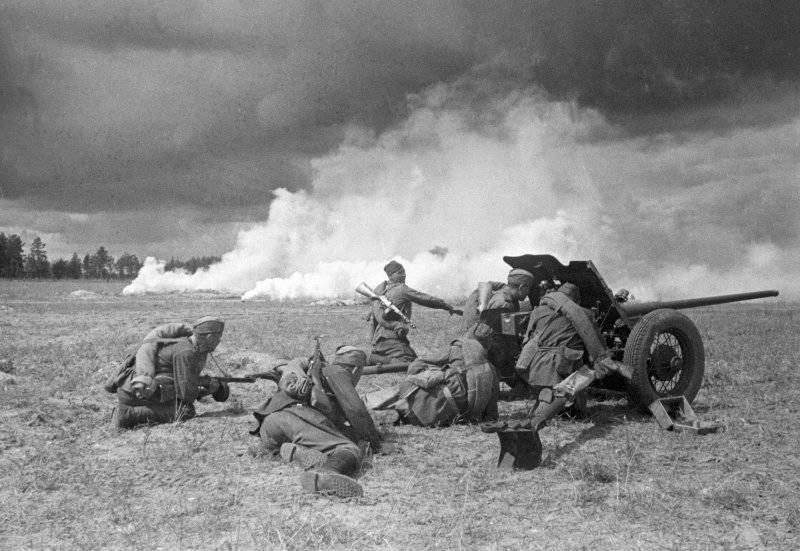
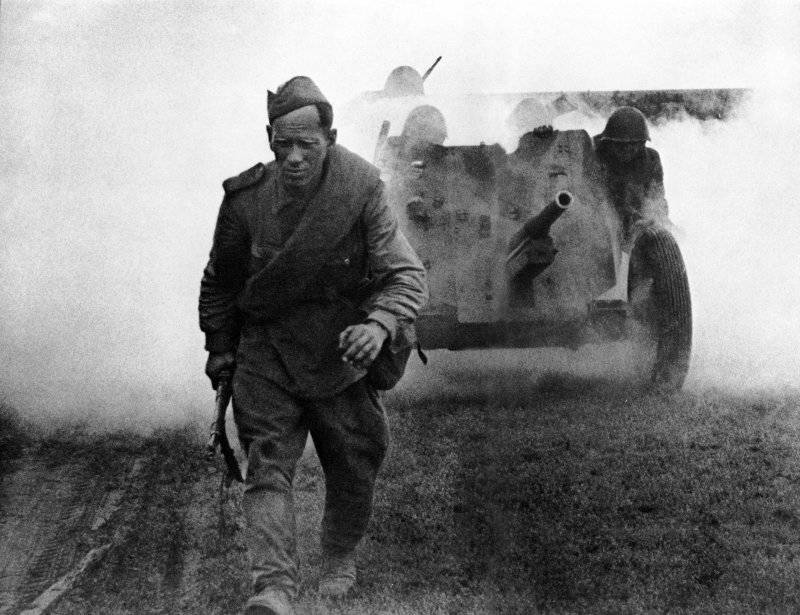
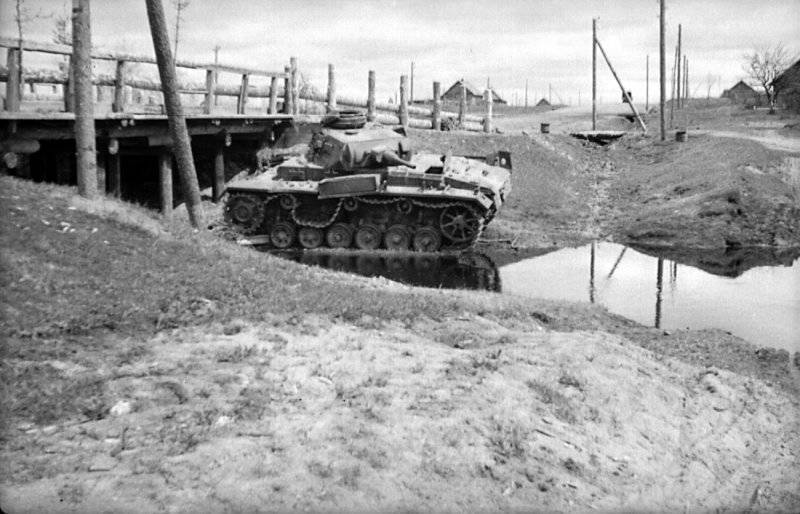
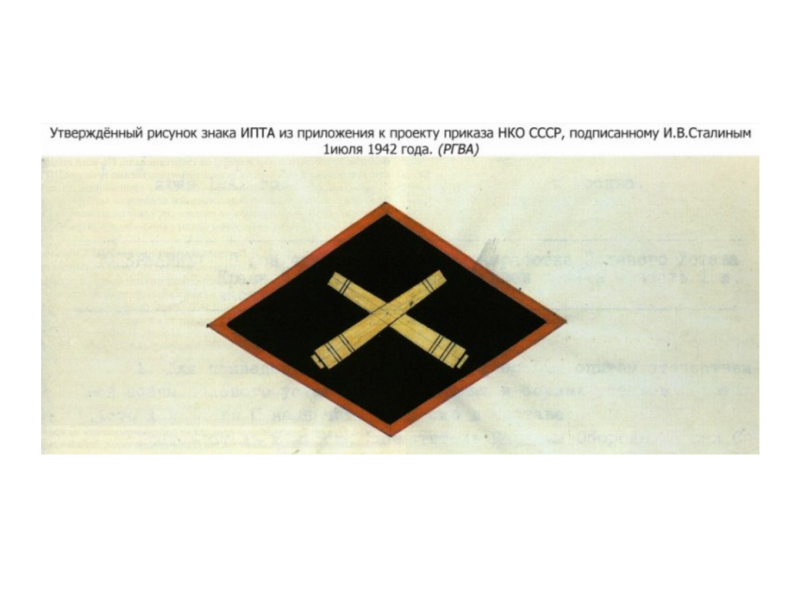
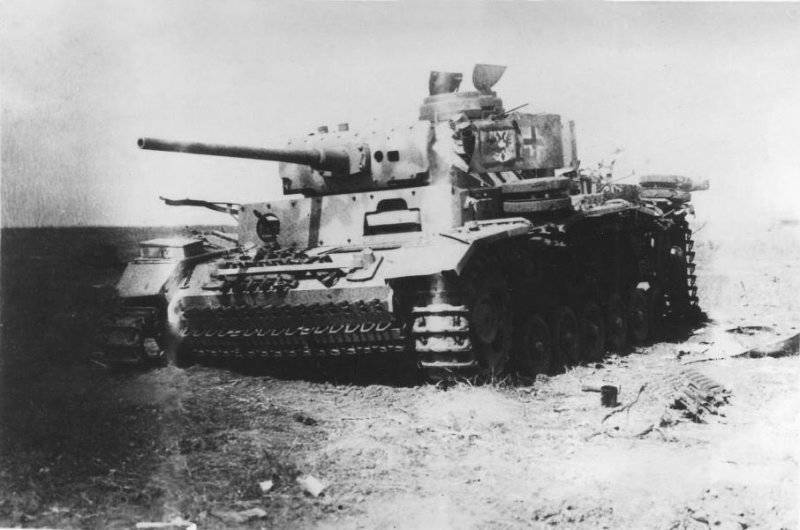
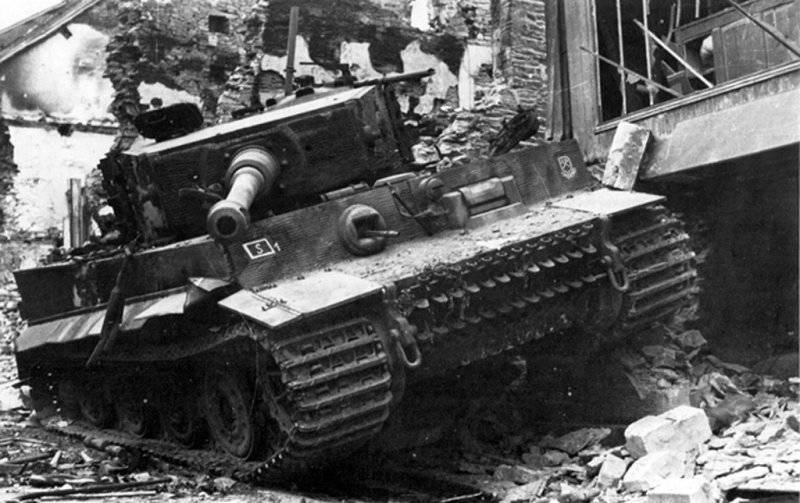
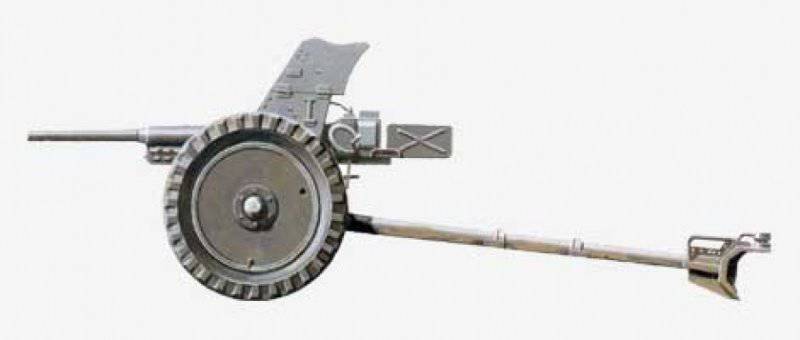
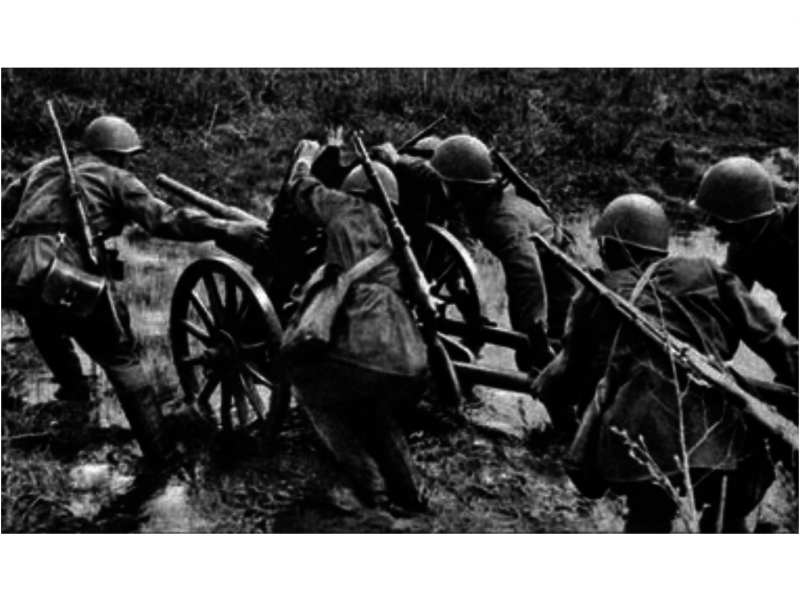
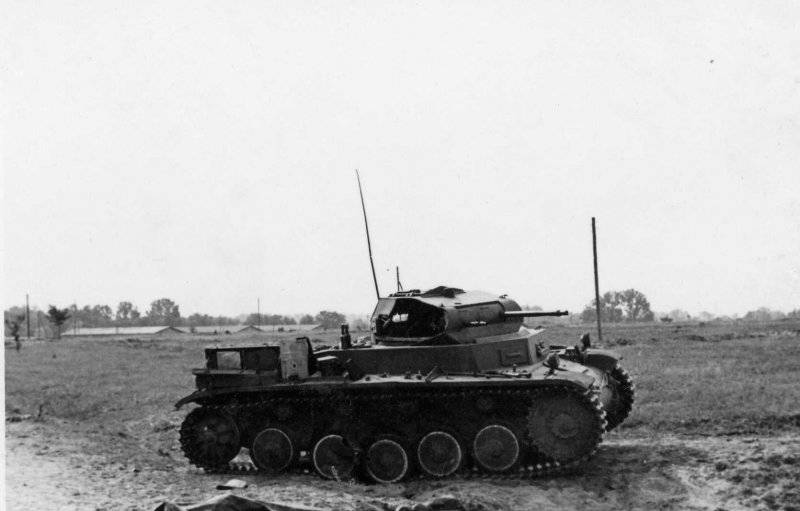
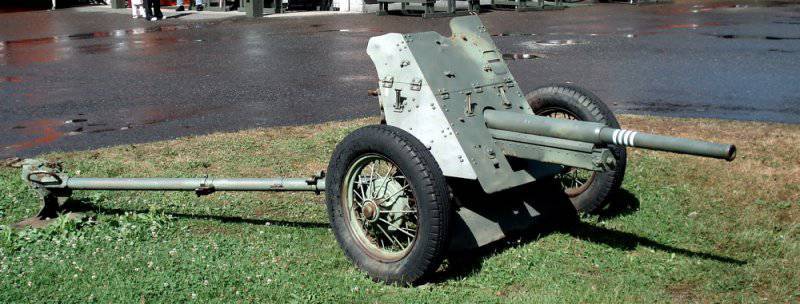
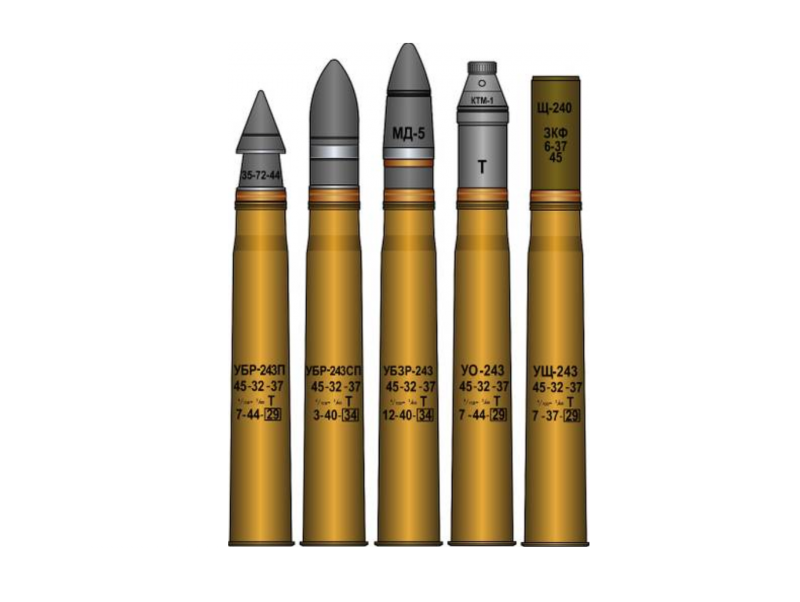
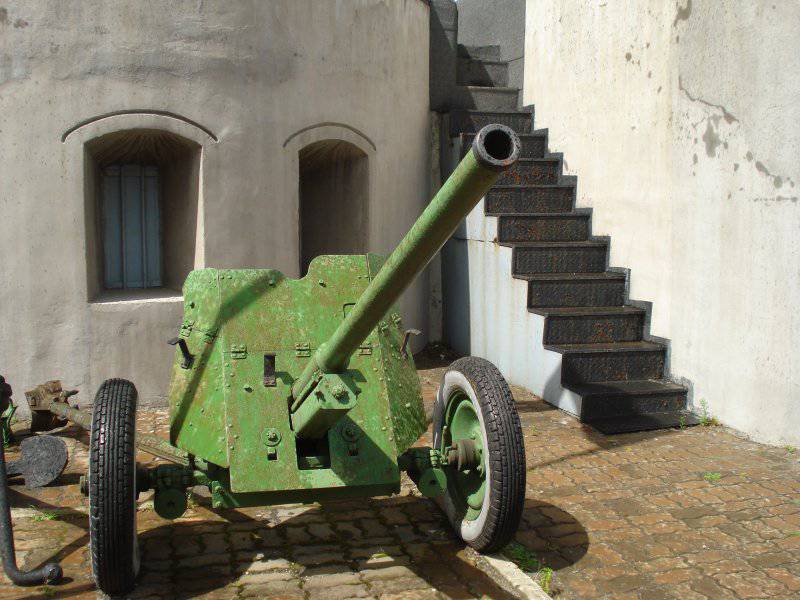
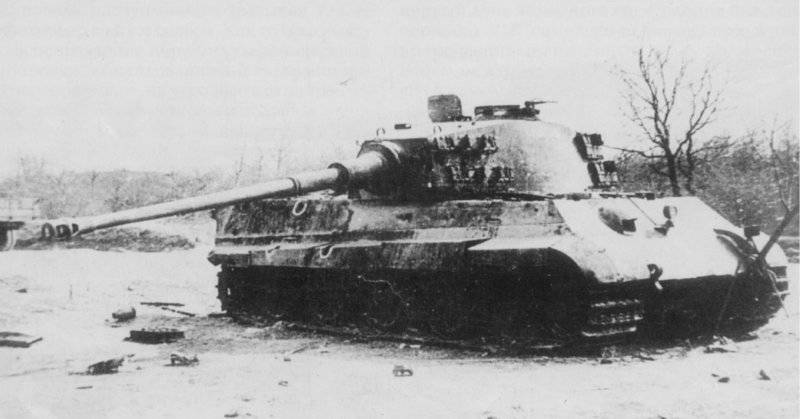
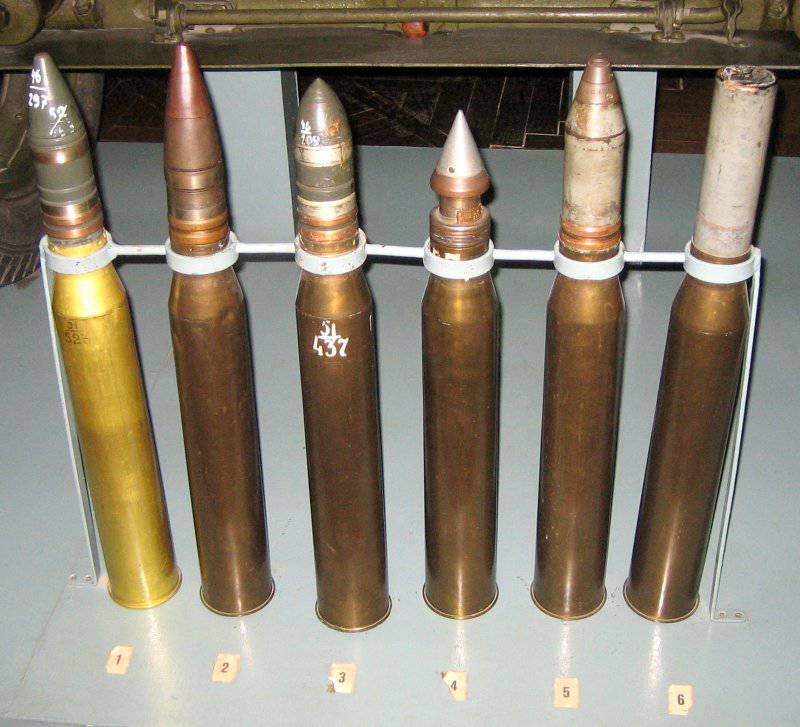
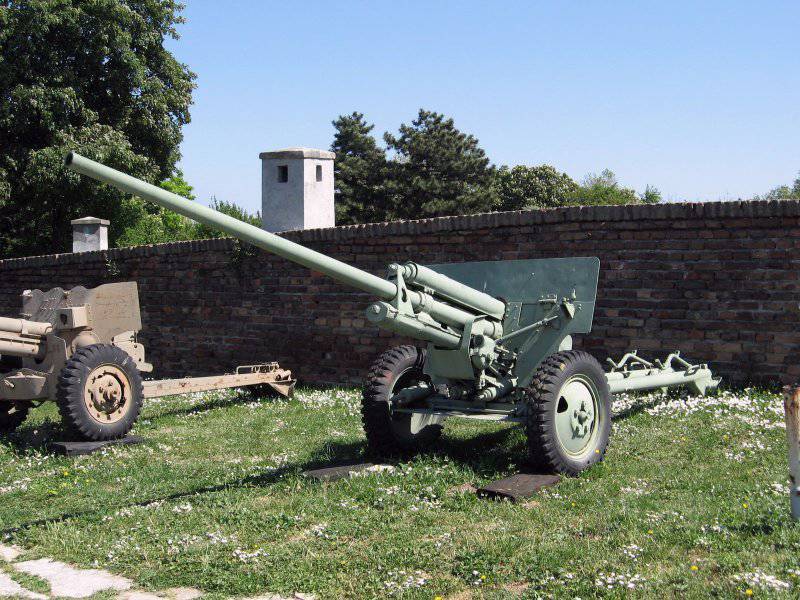
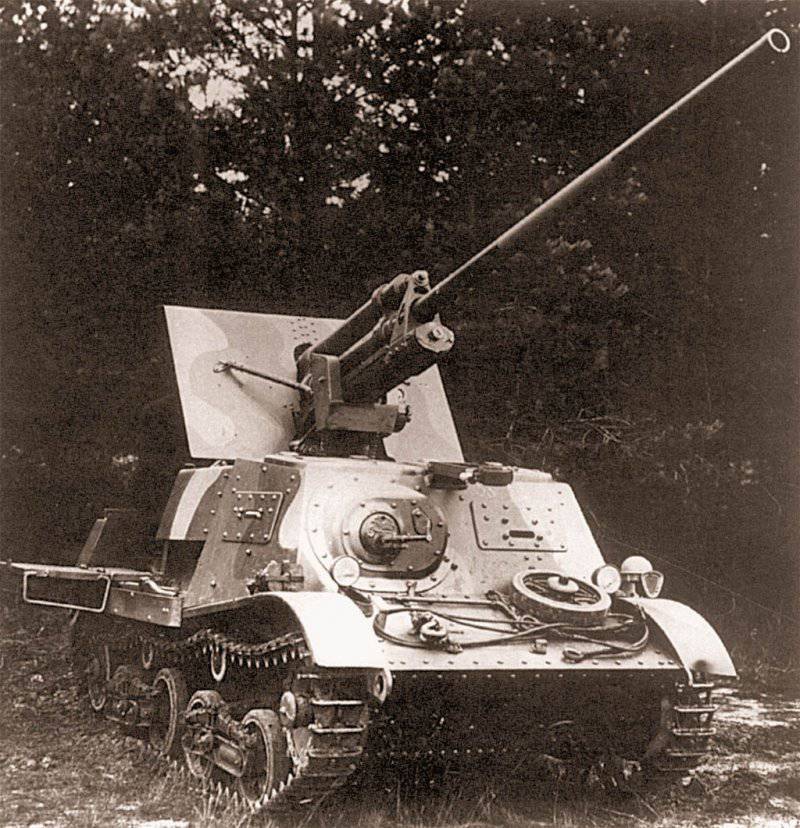
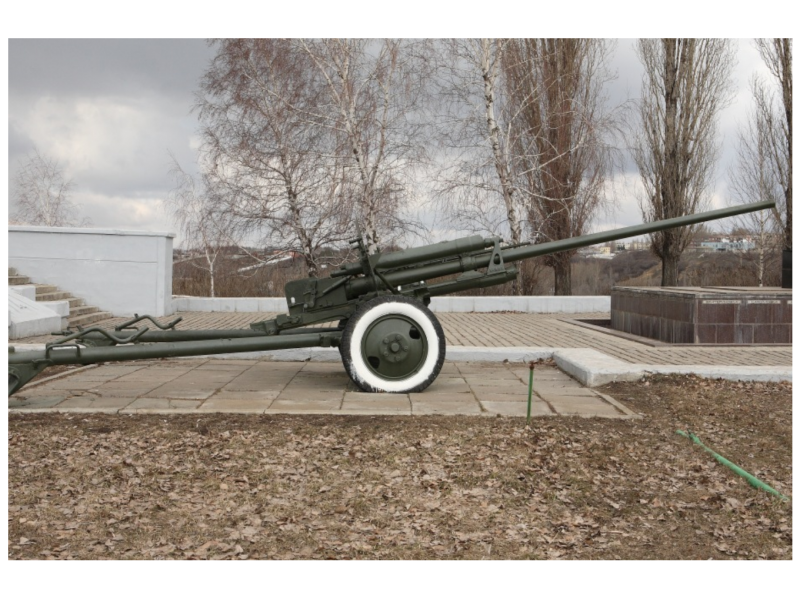
Information